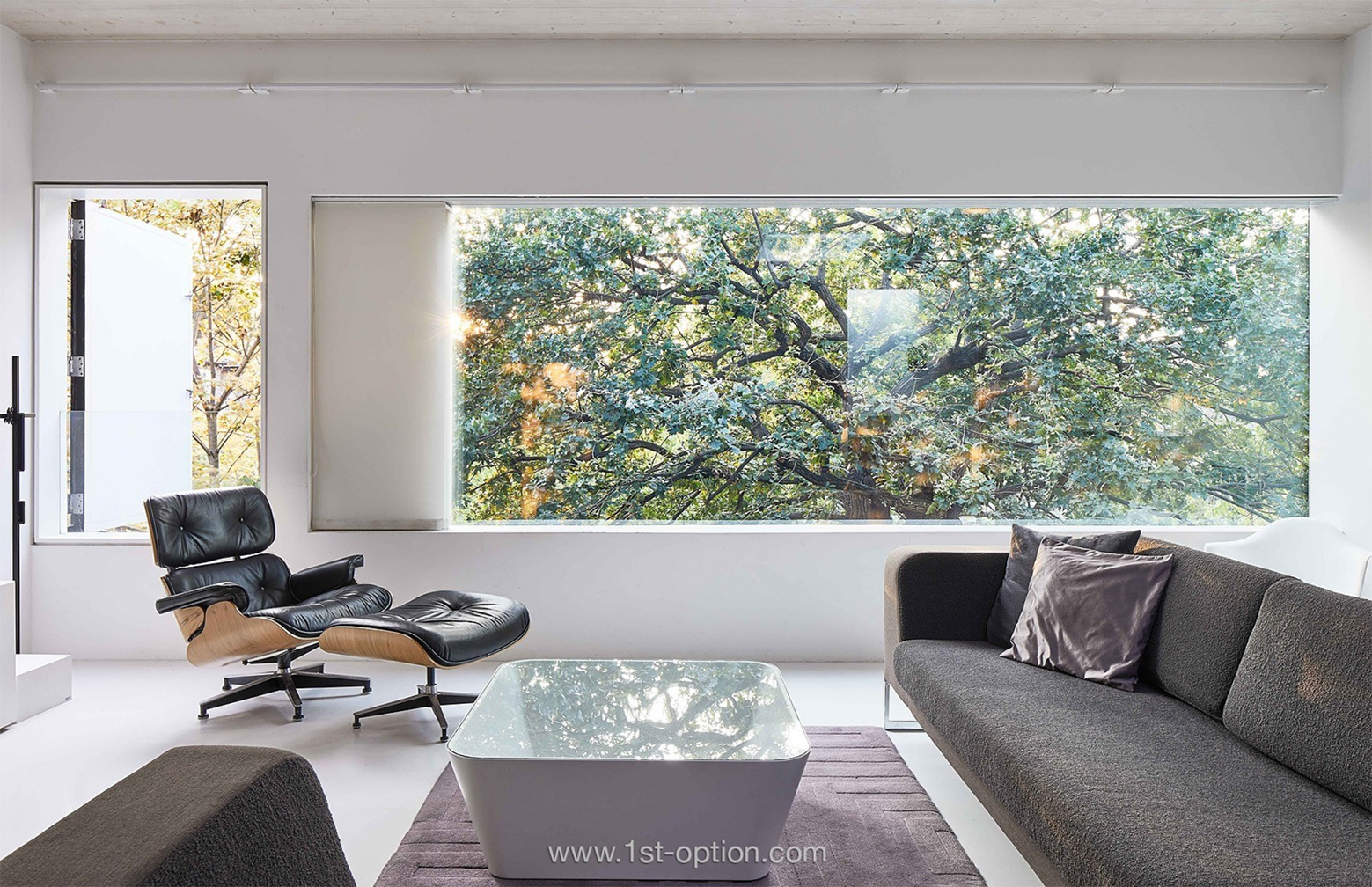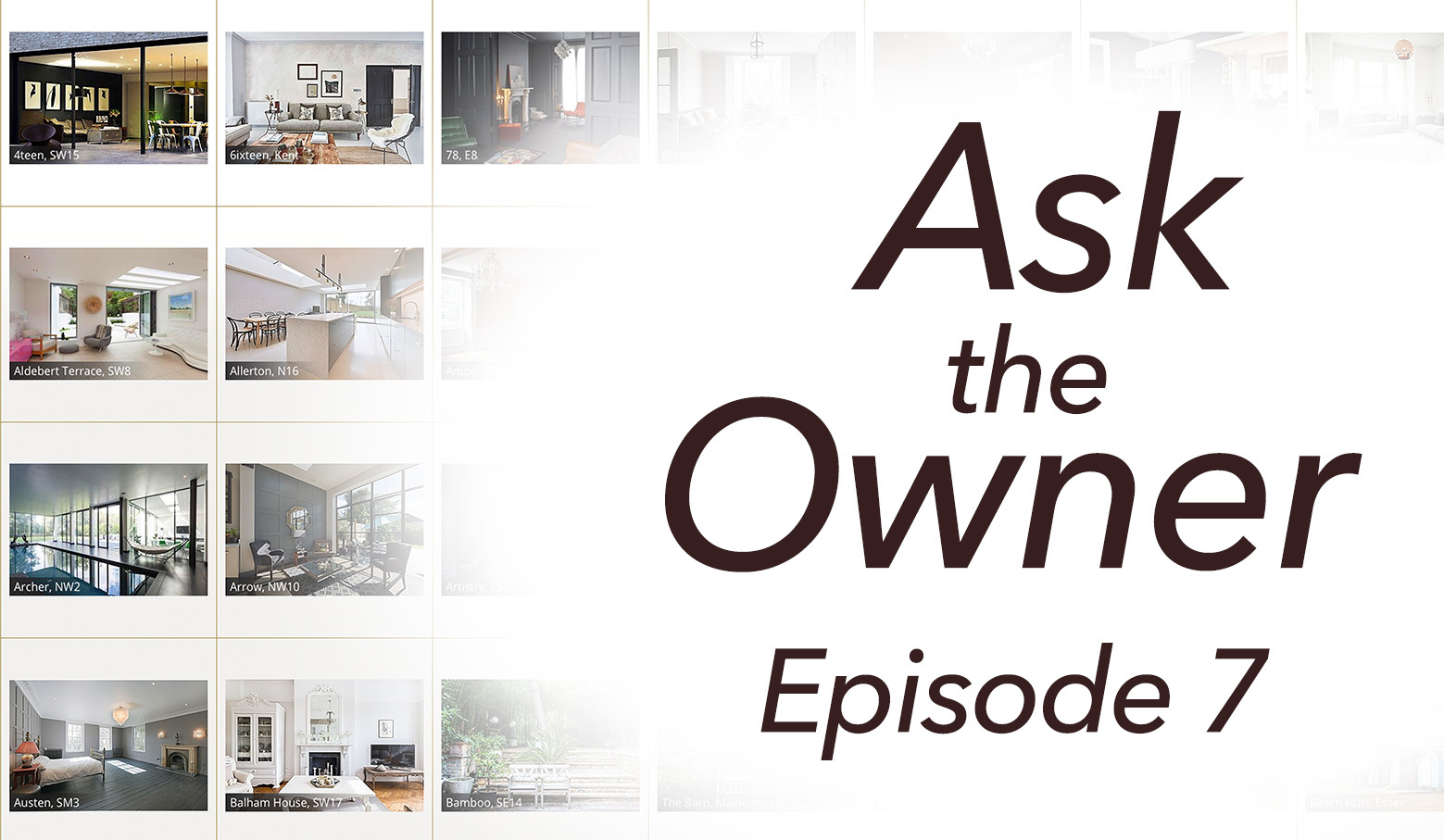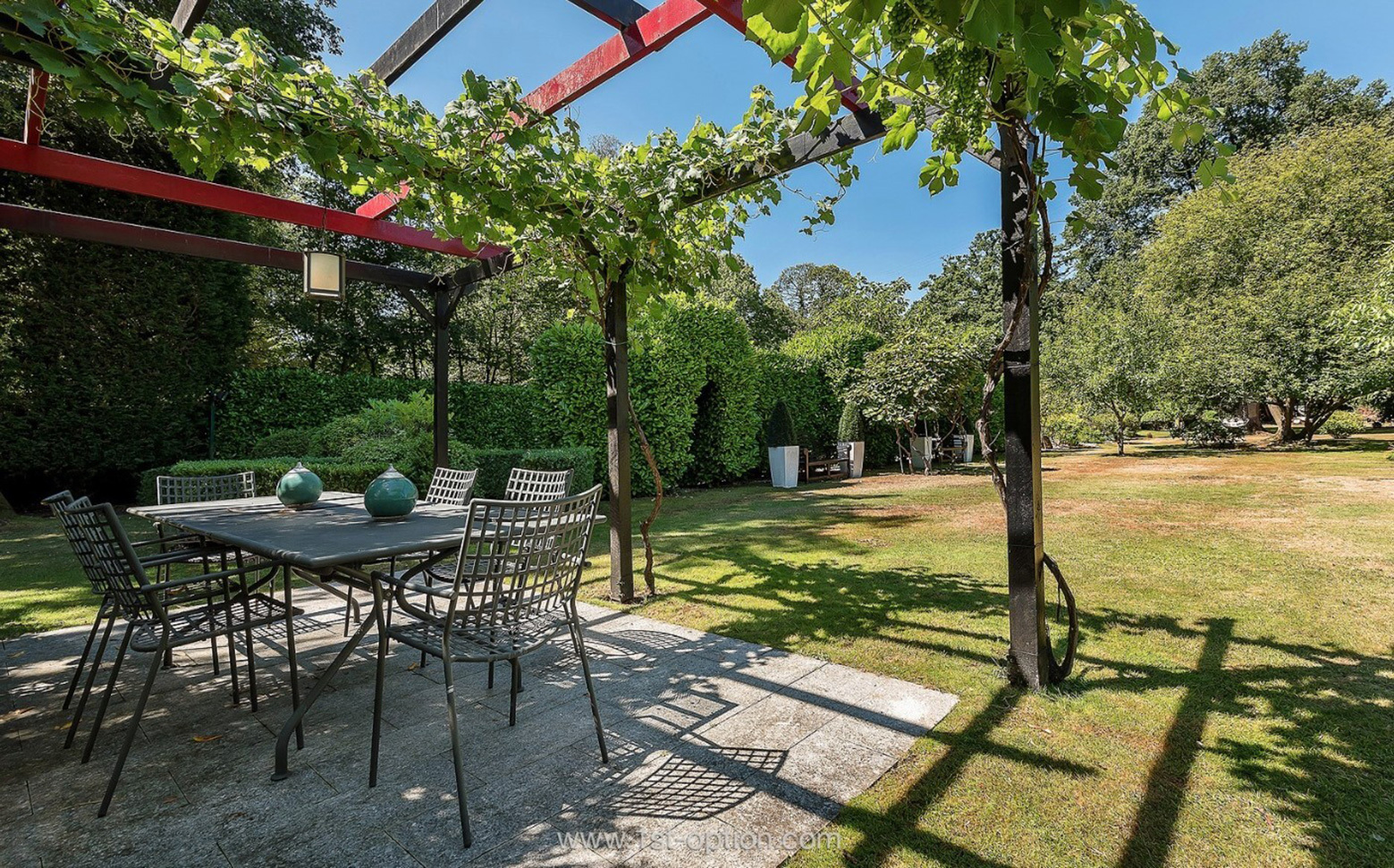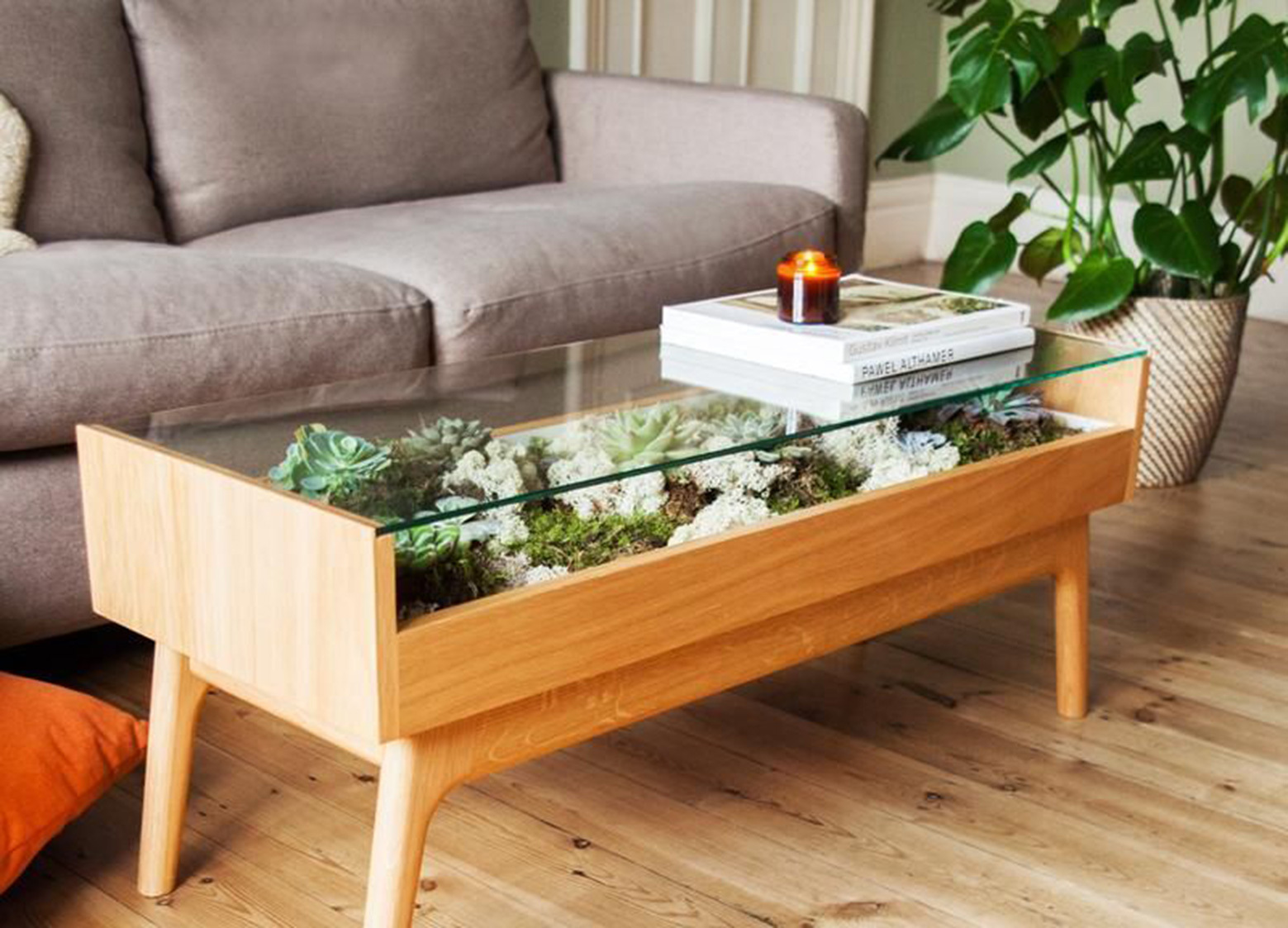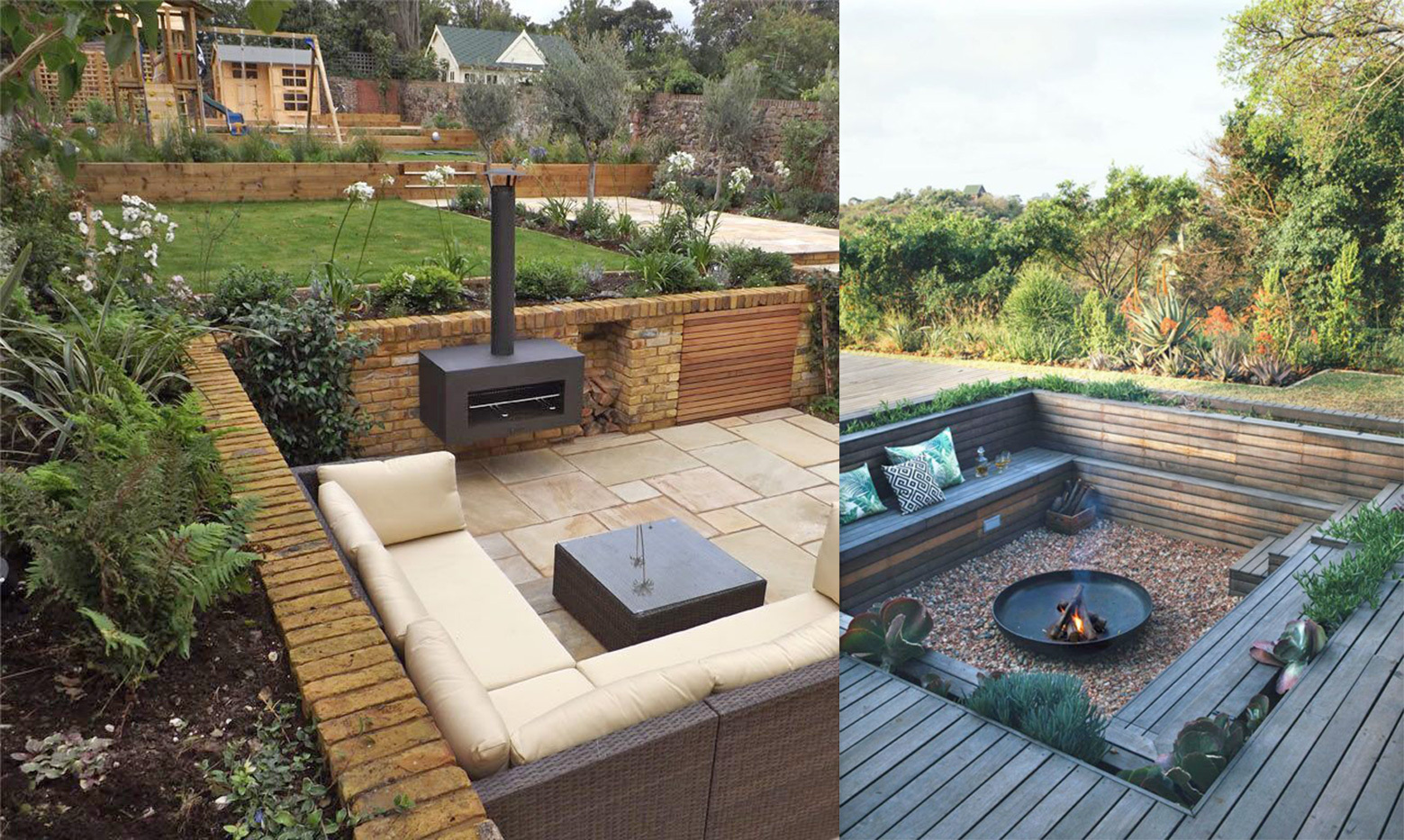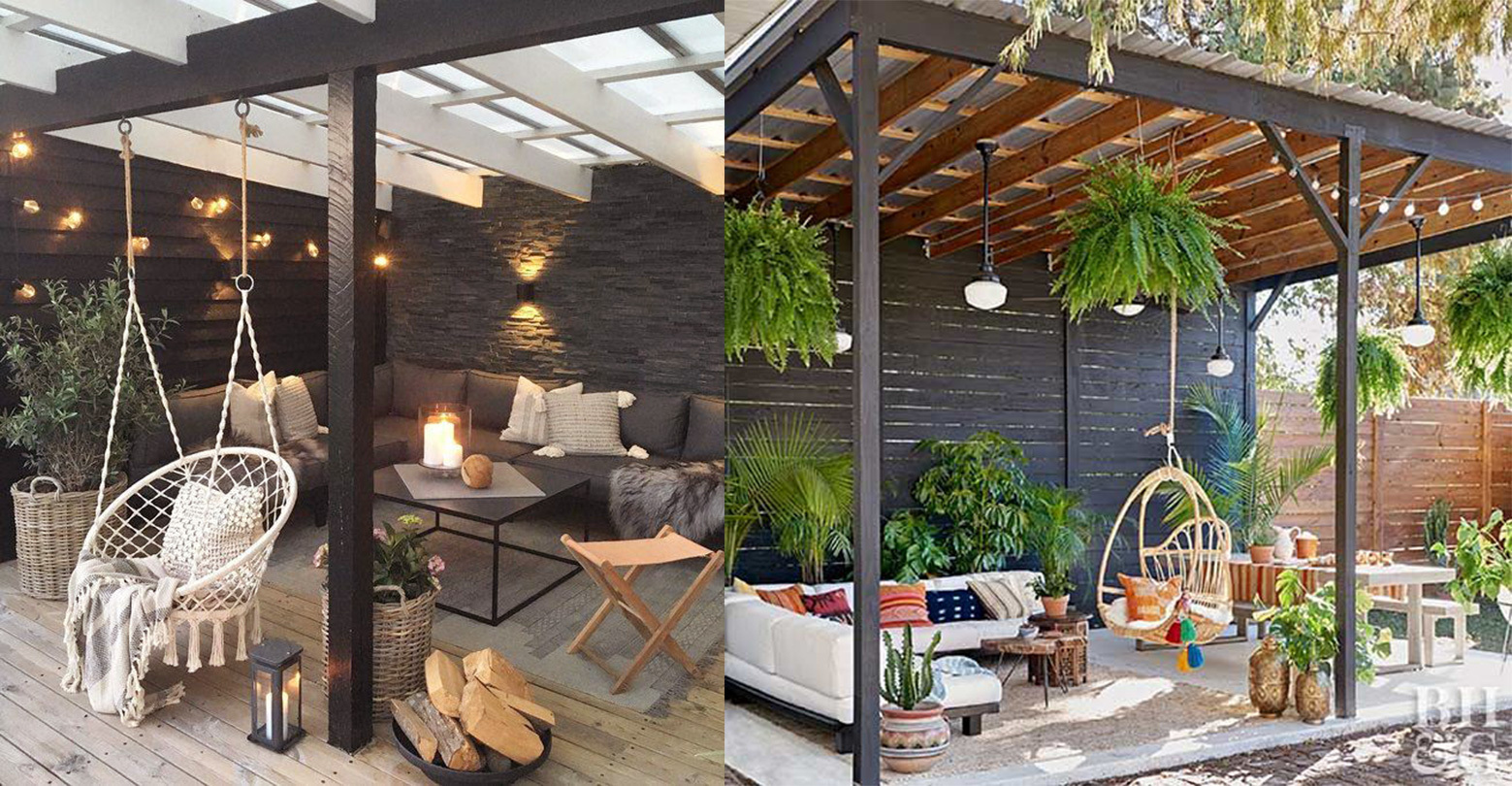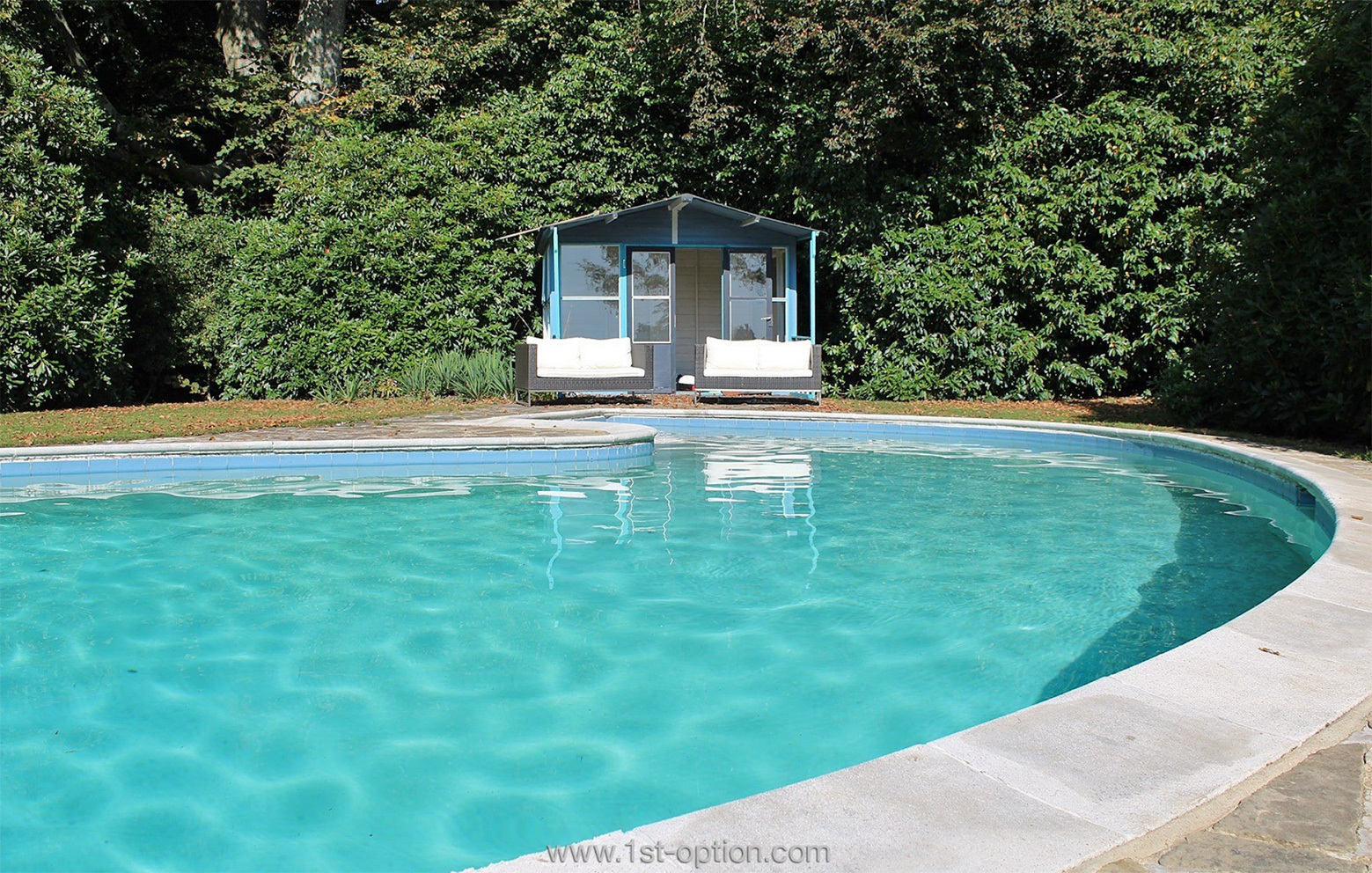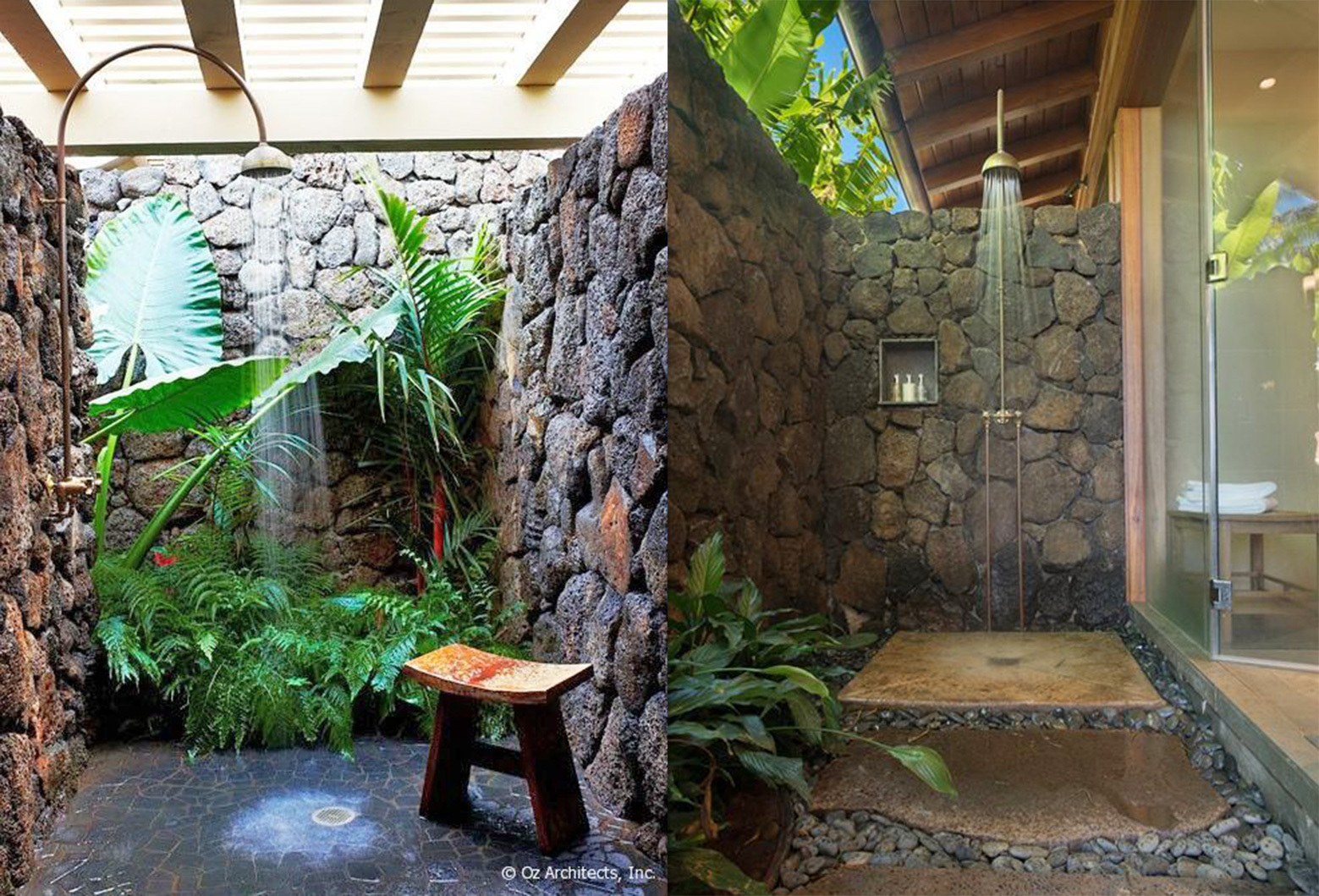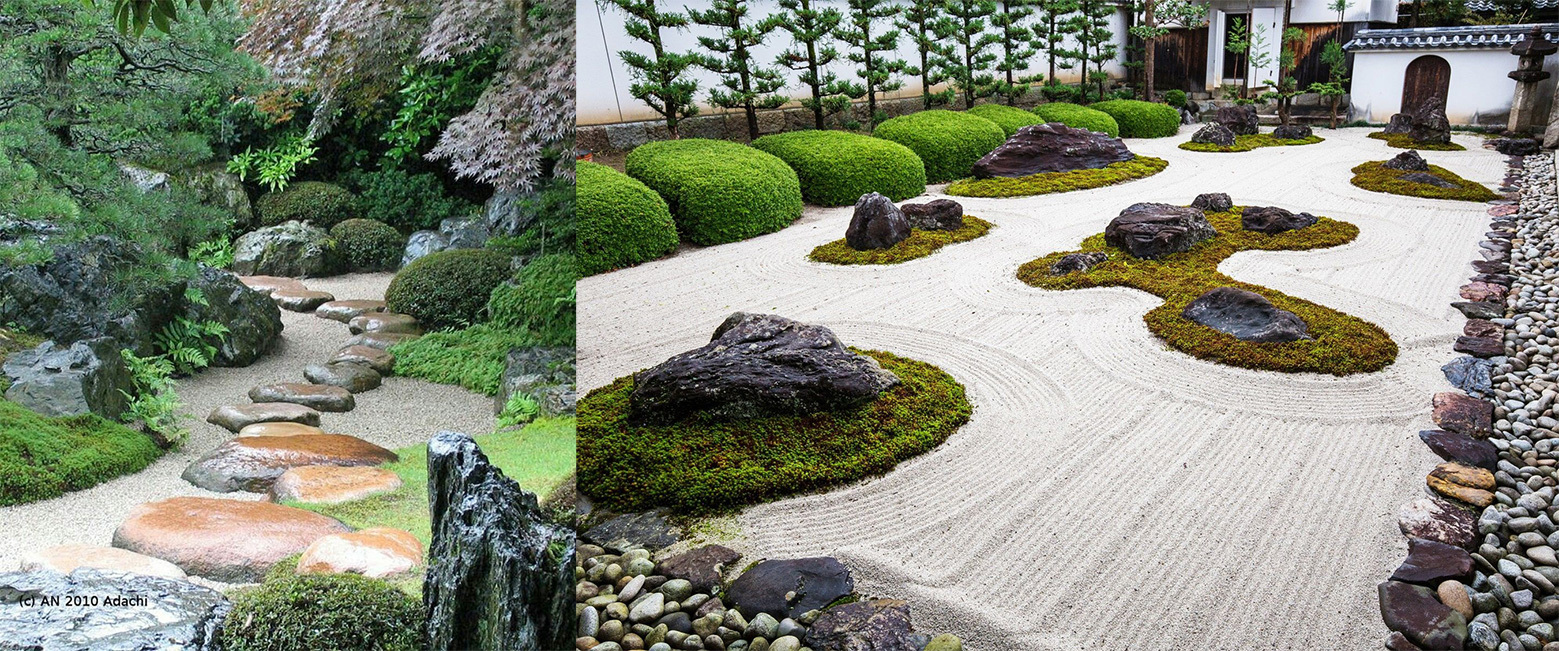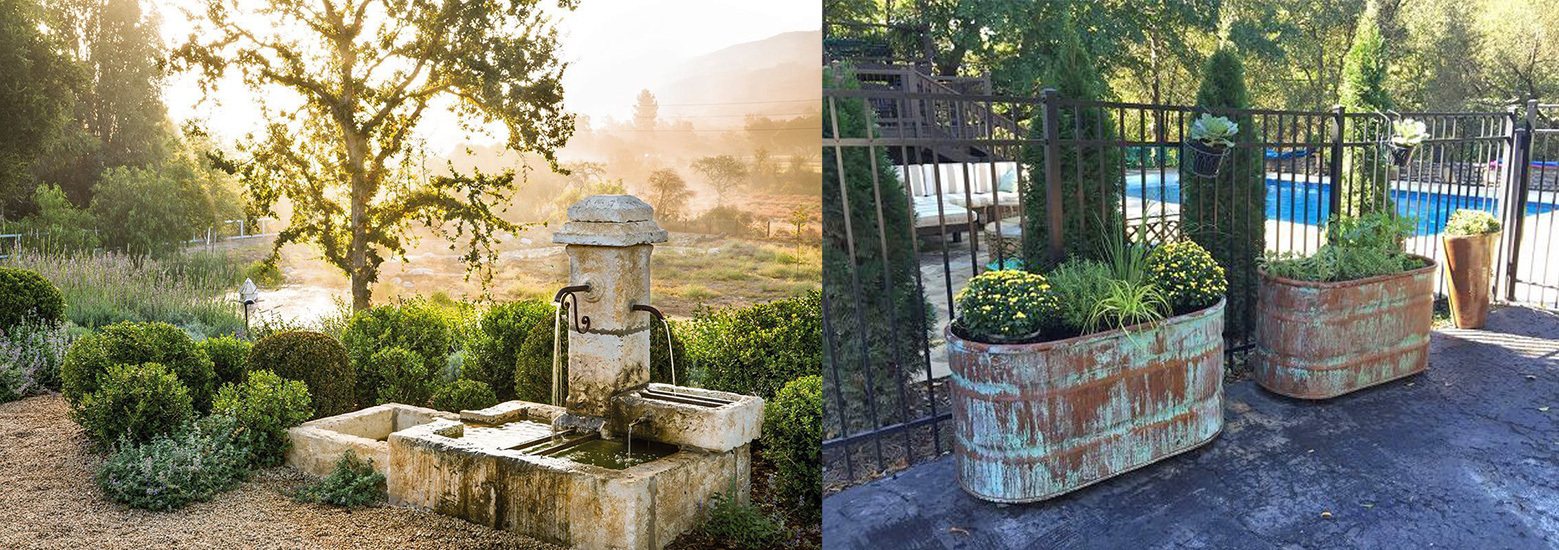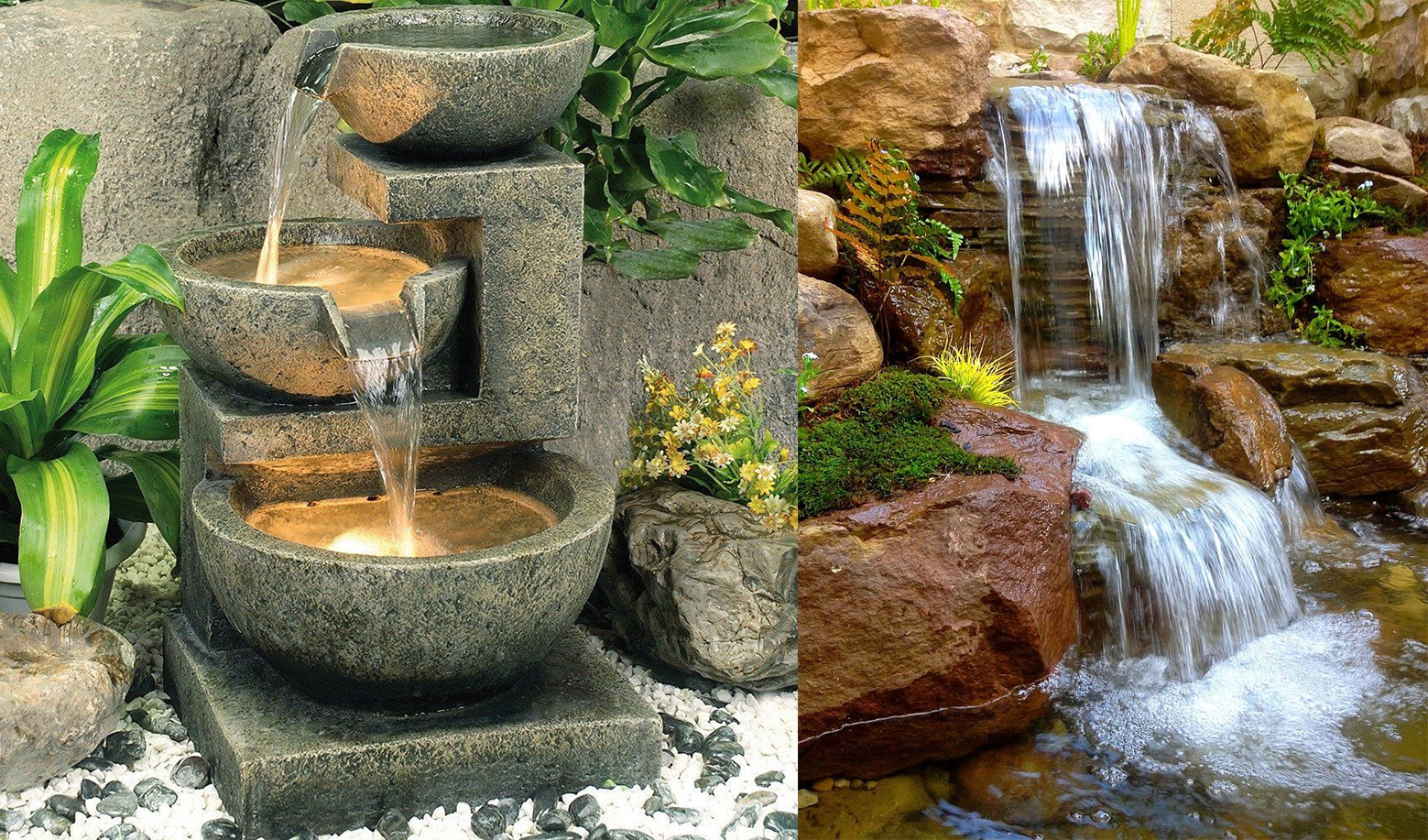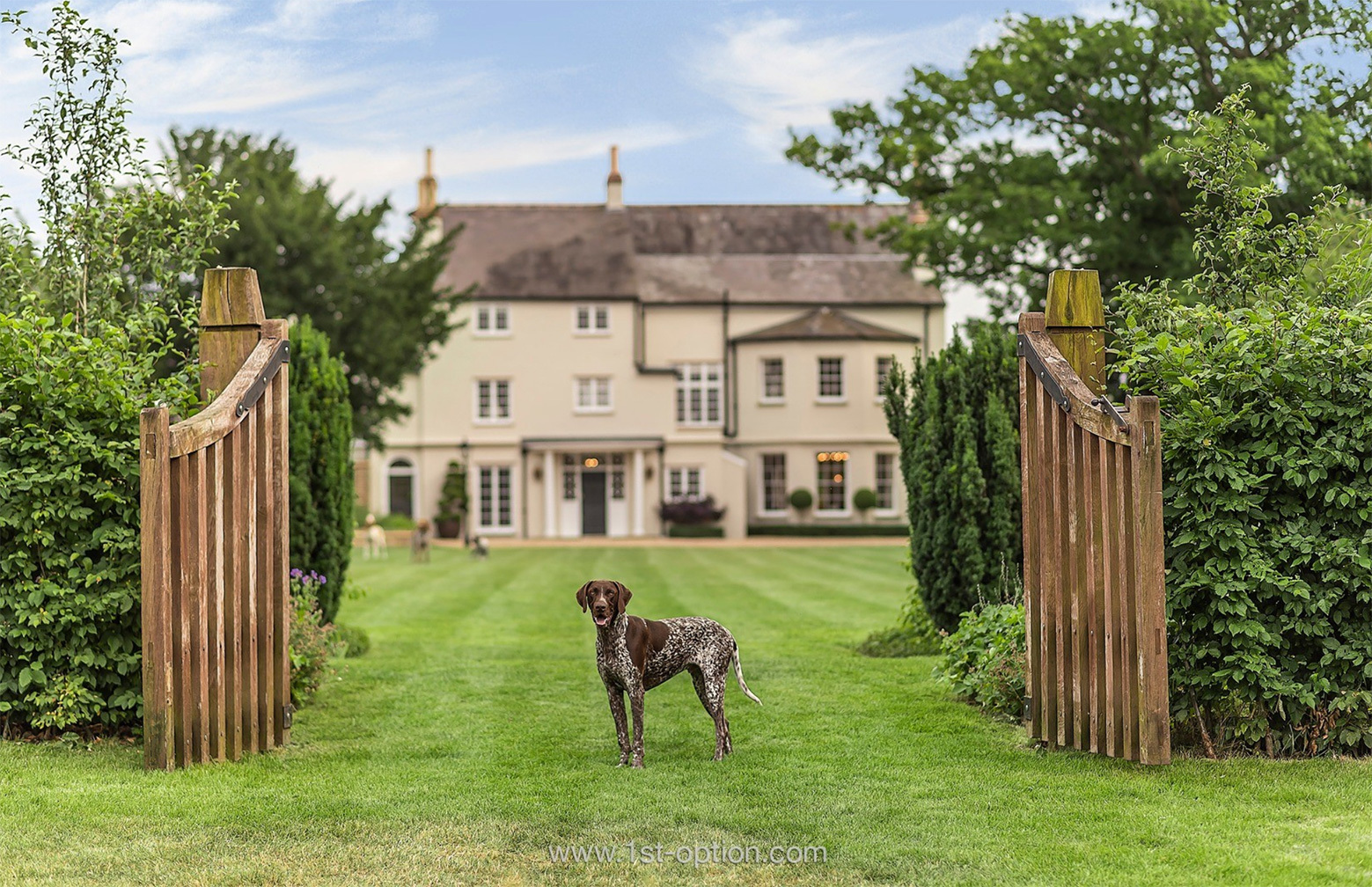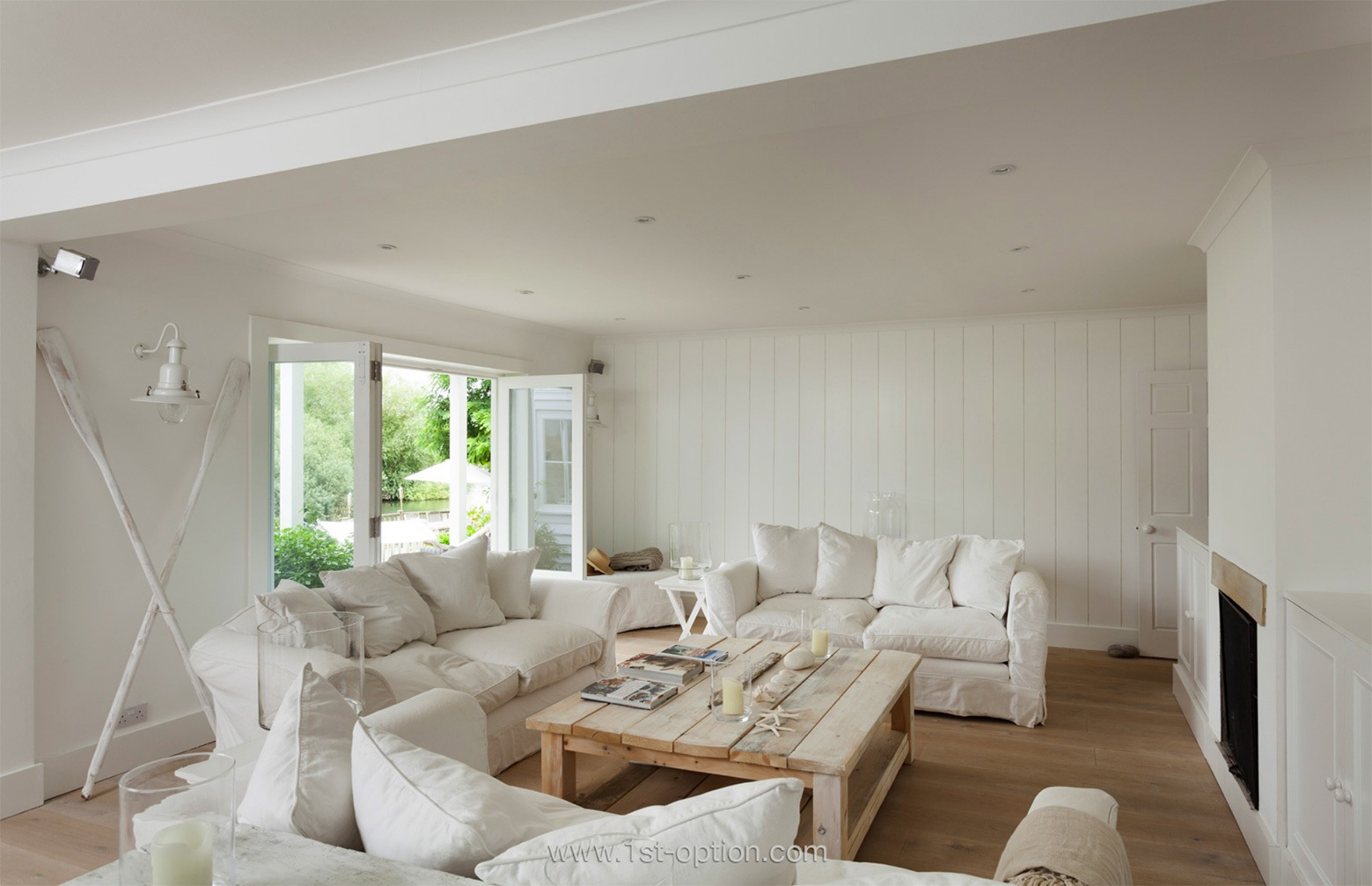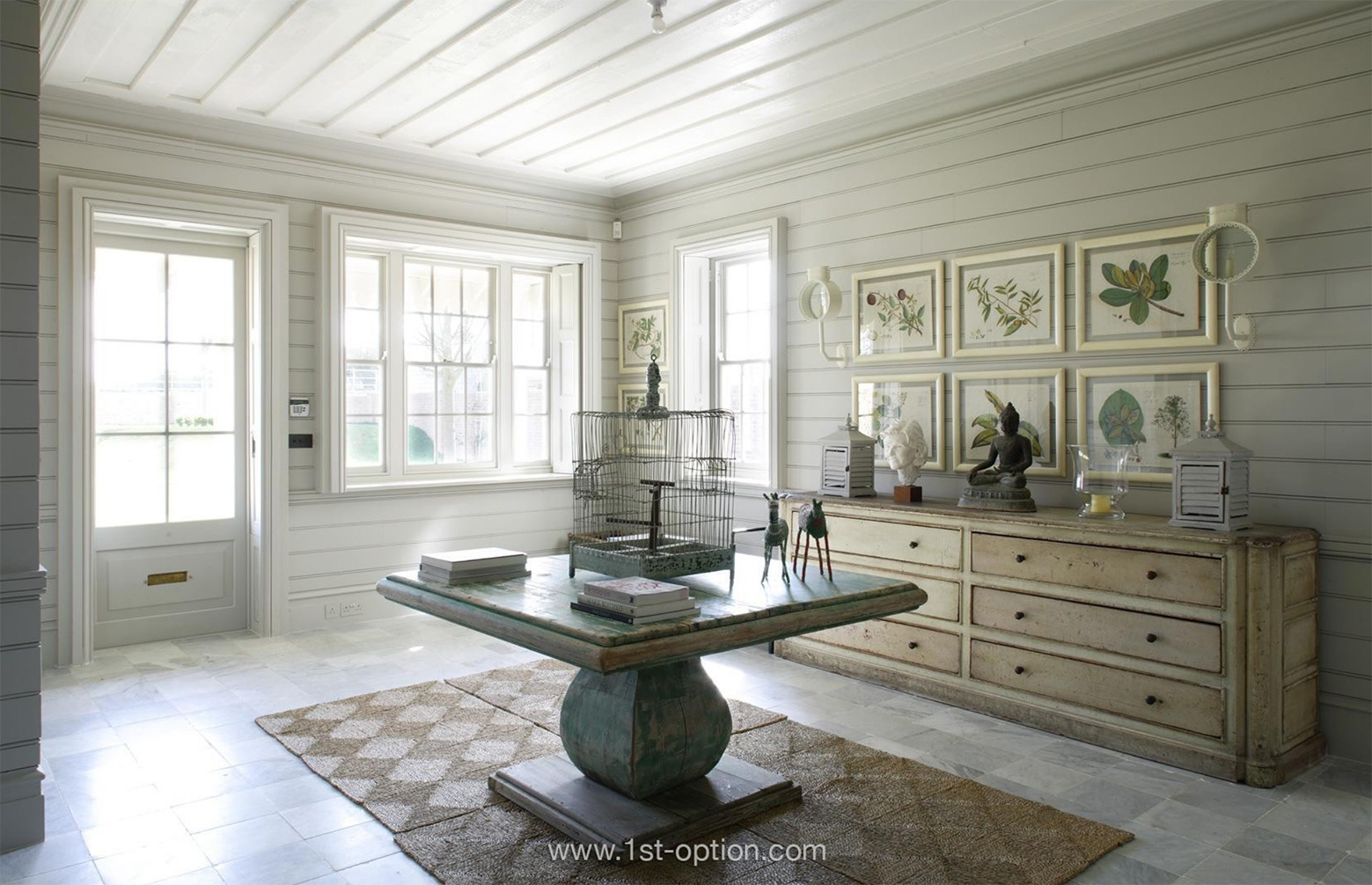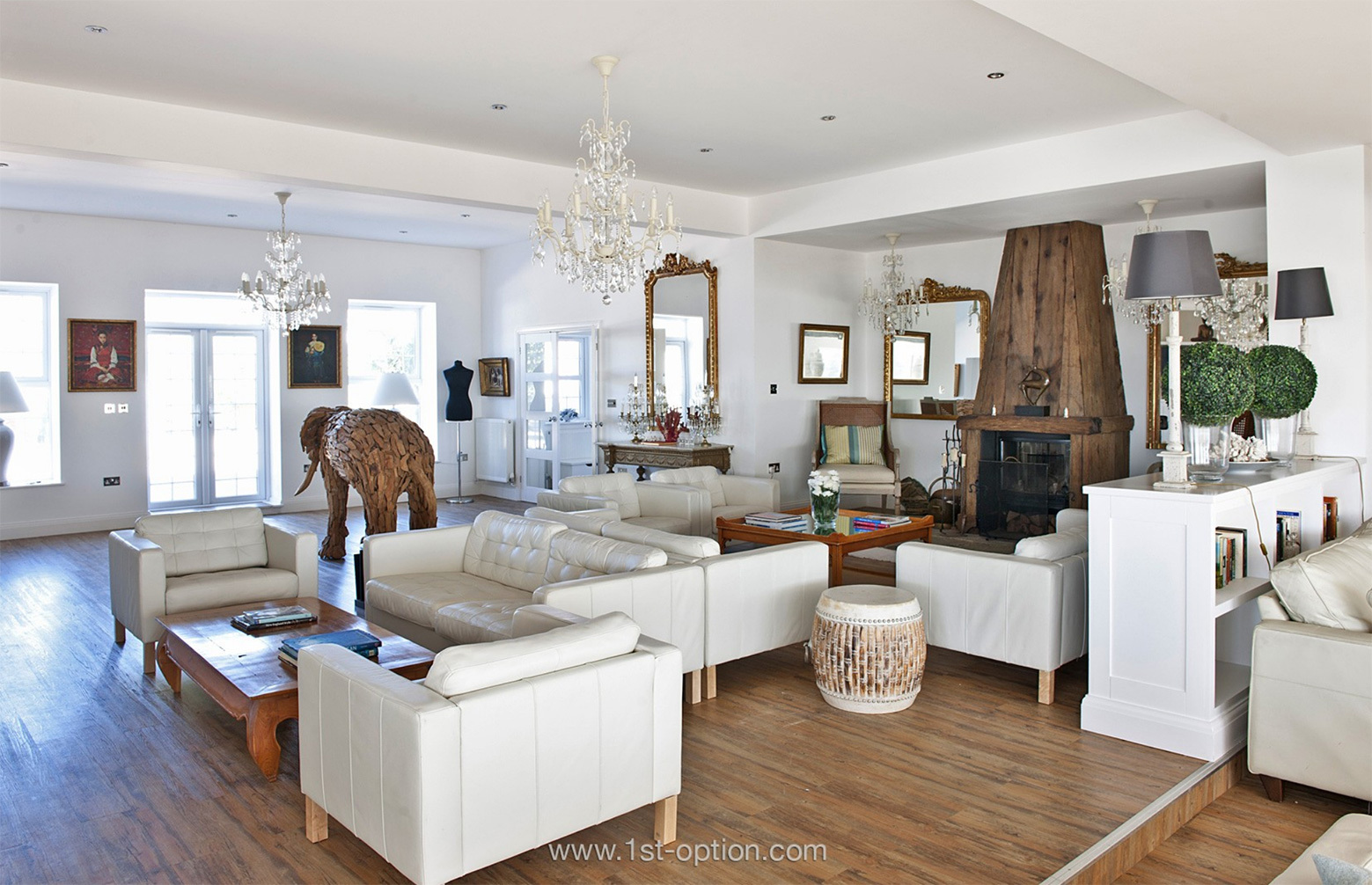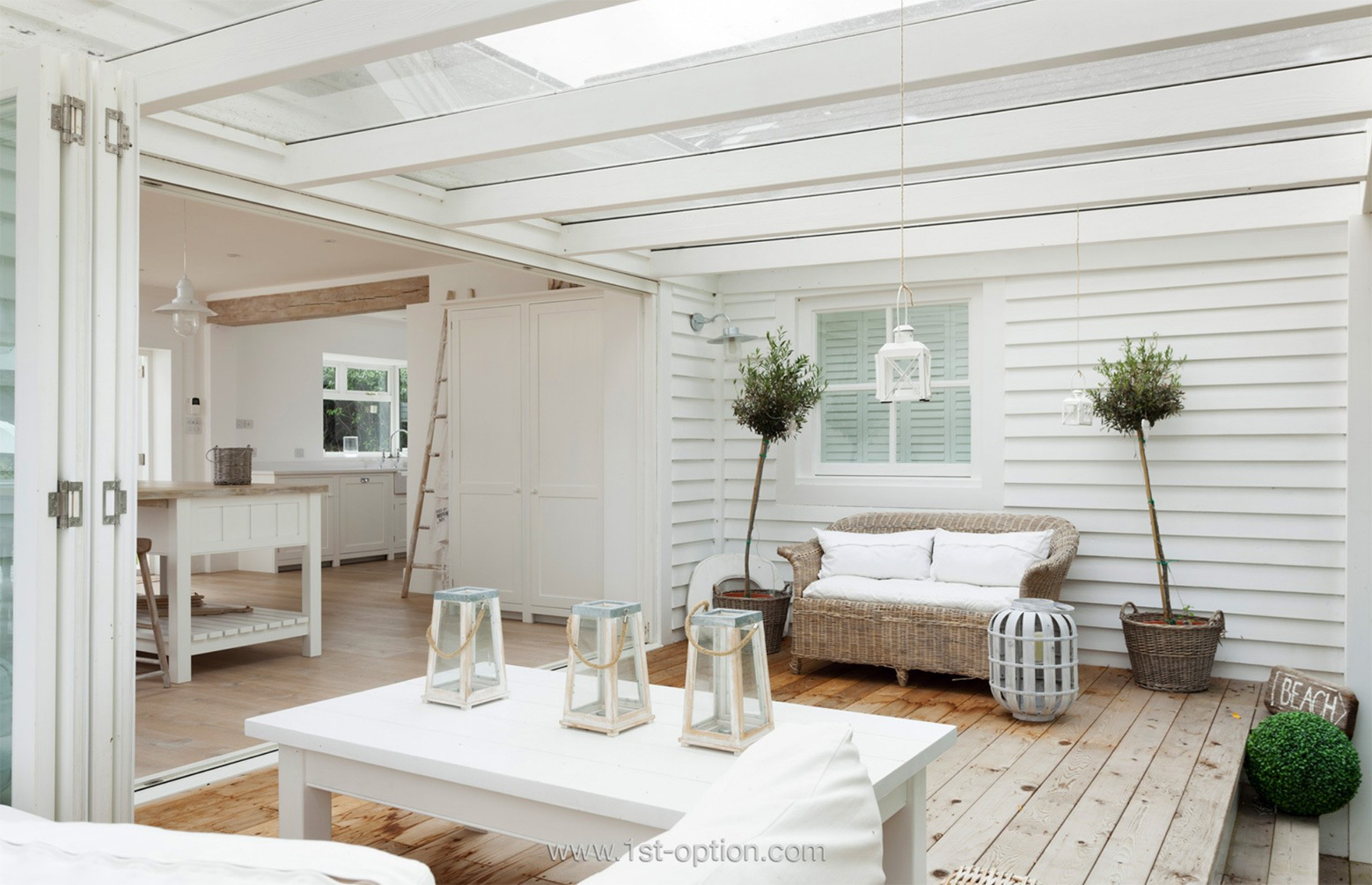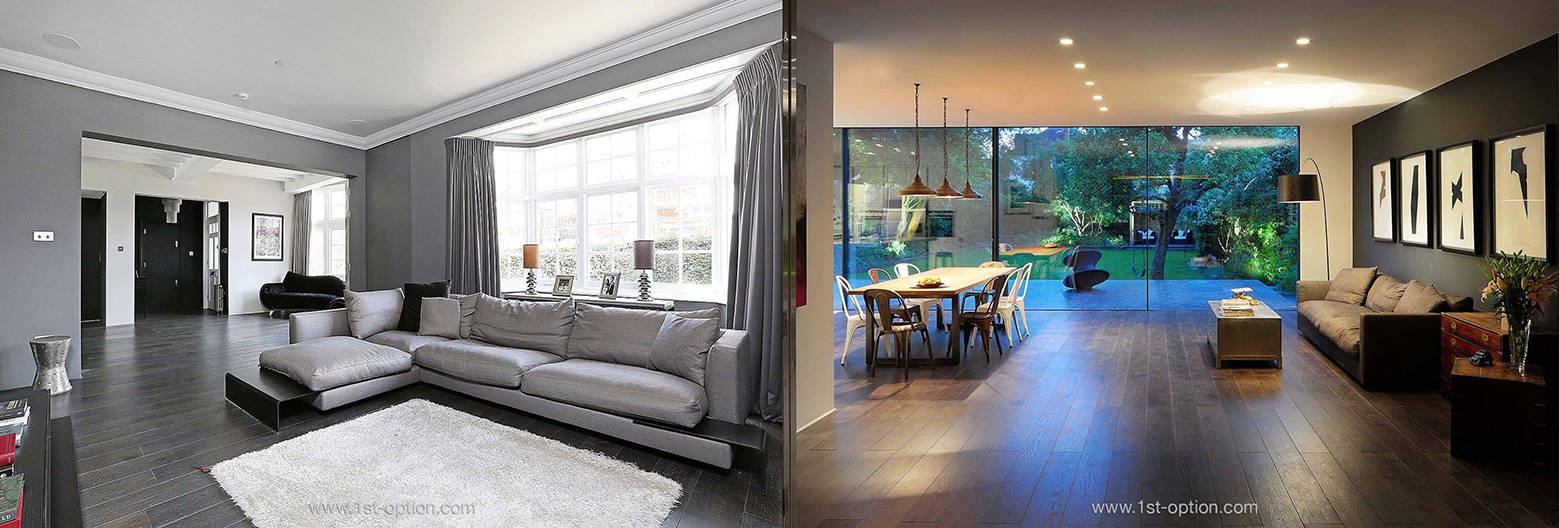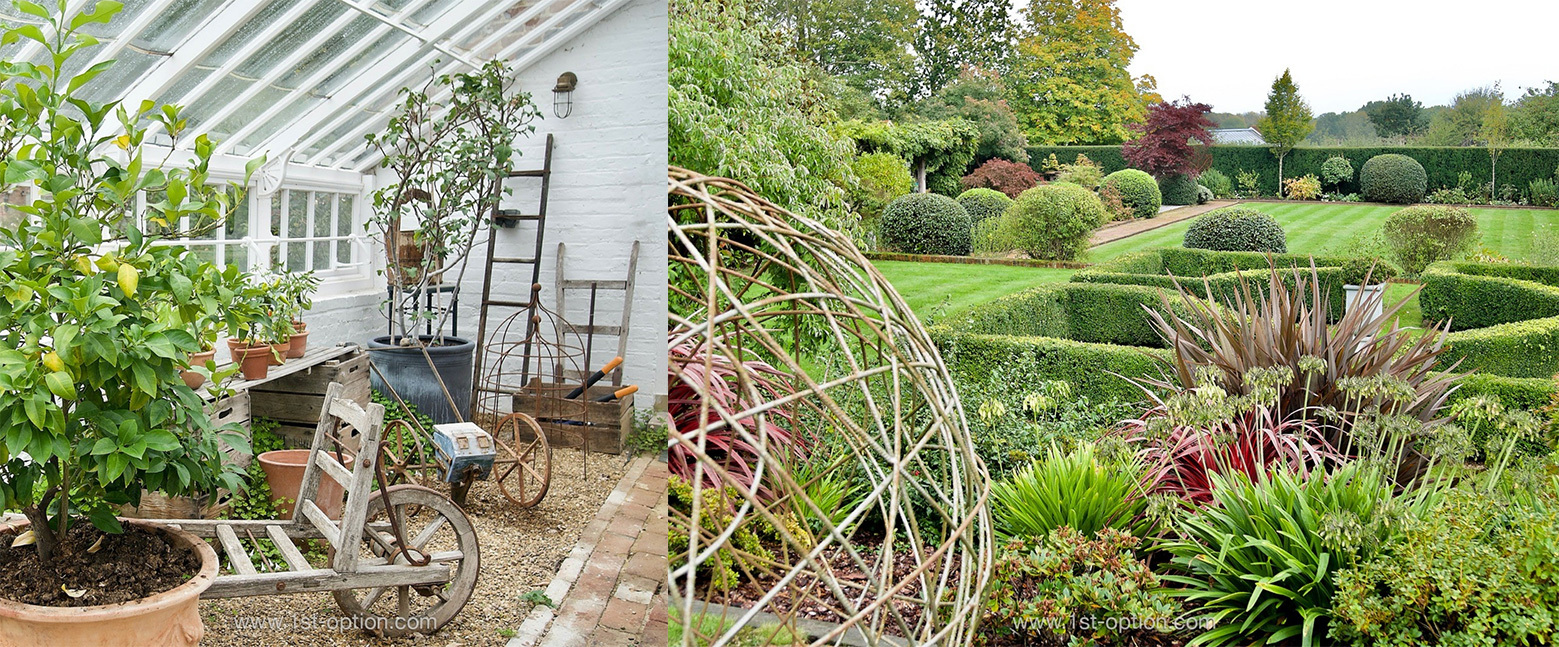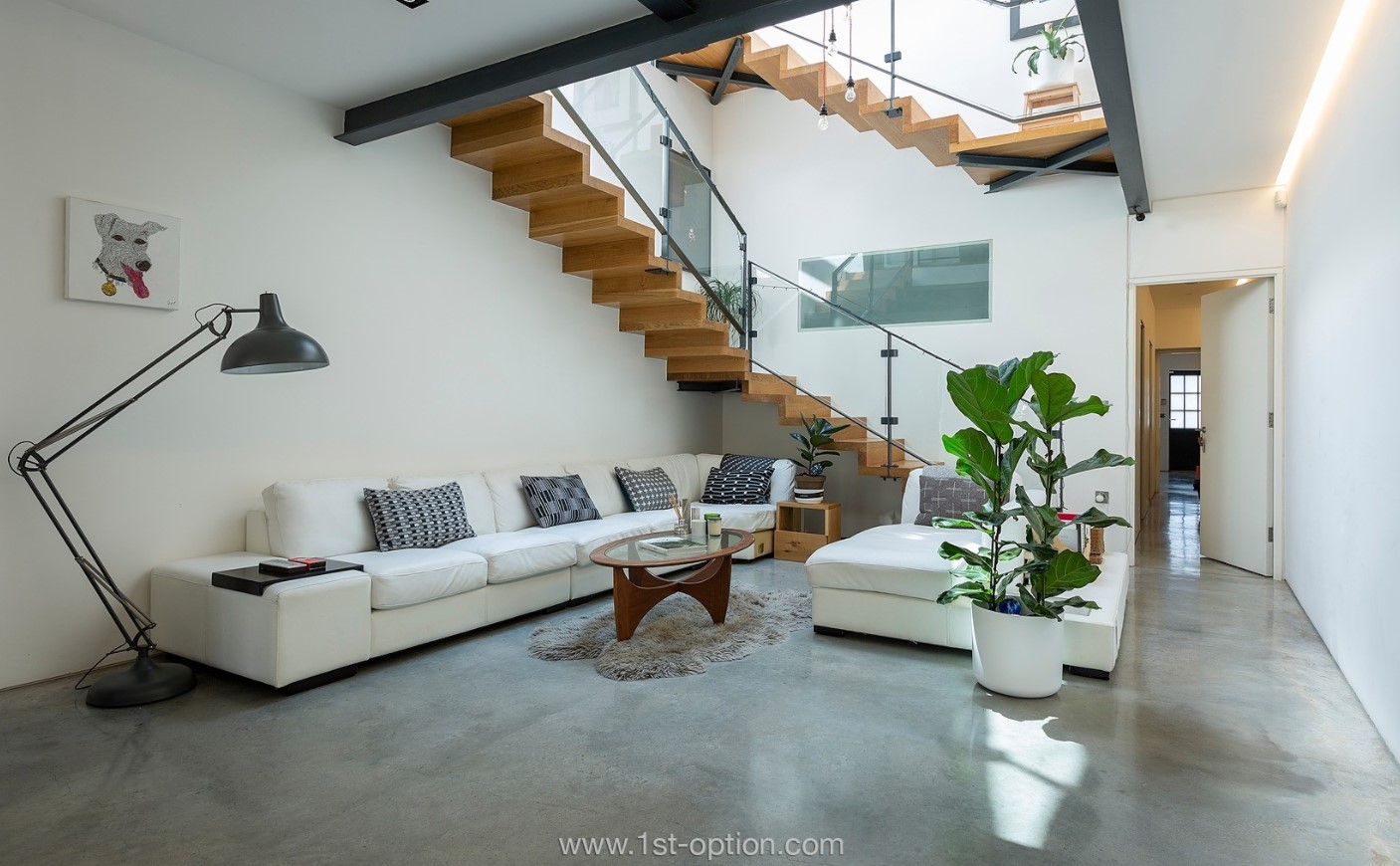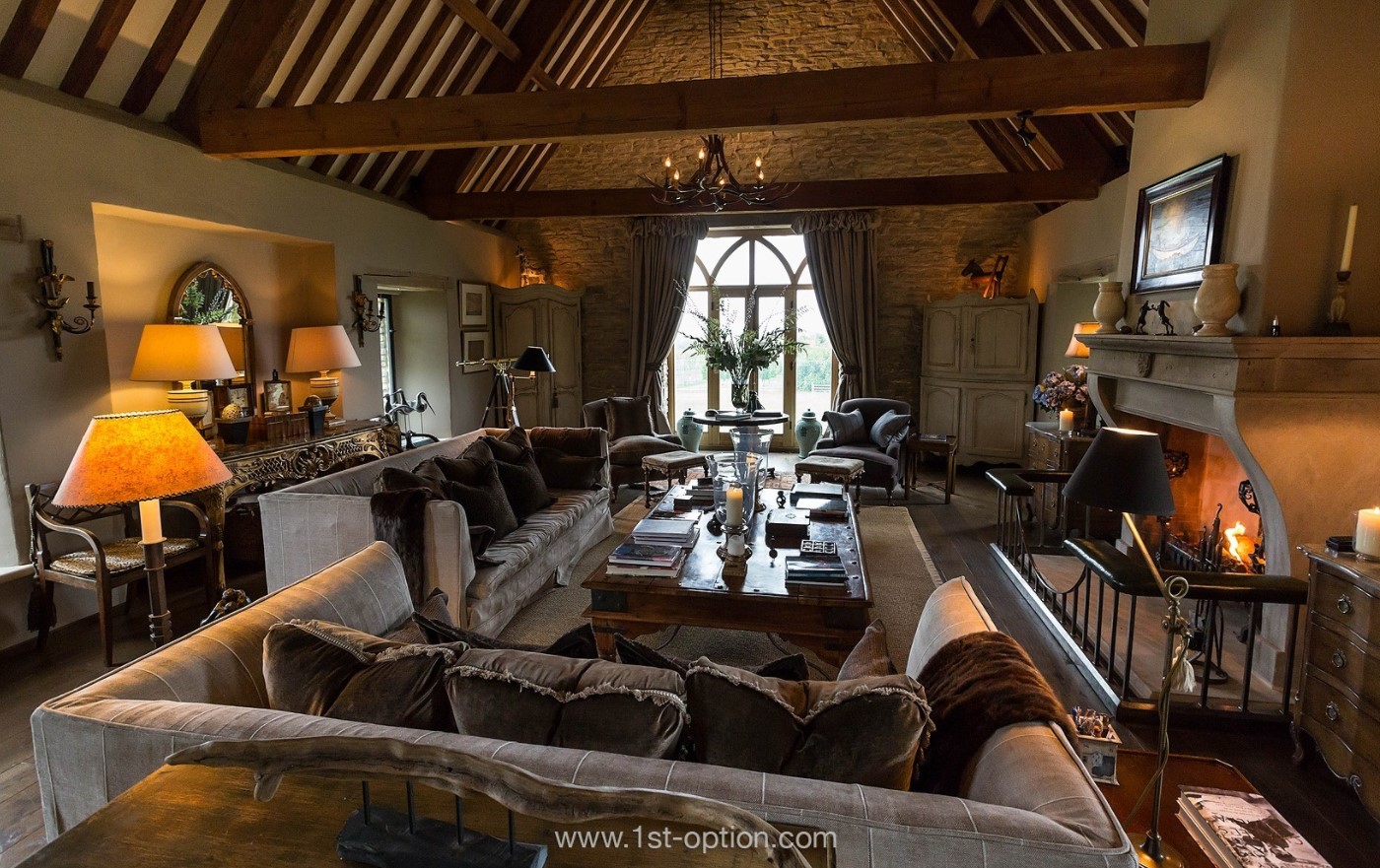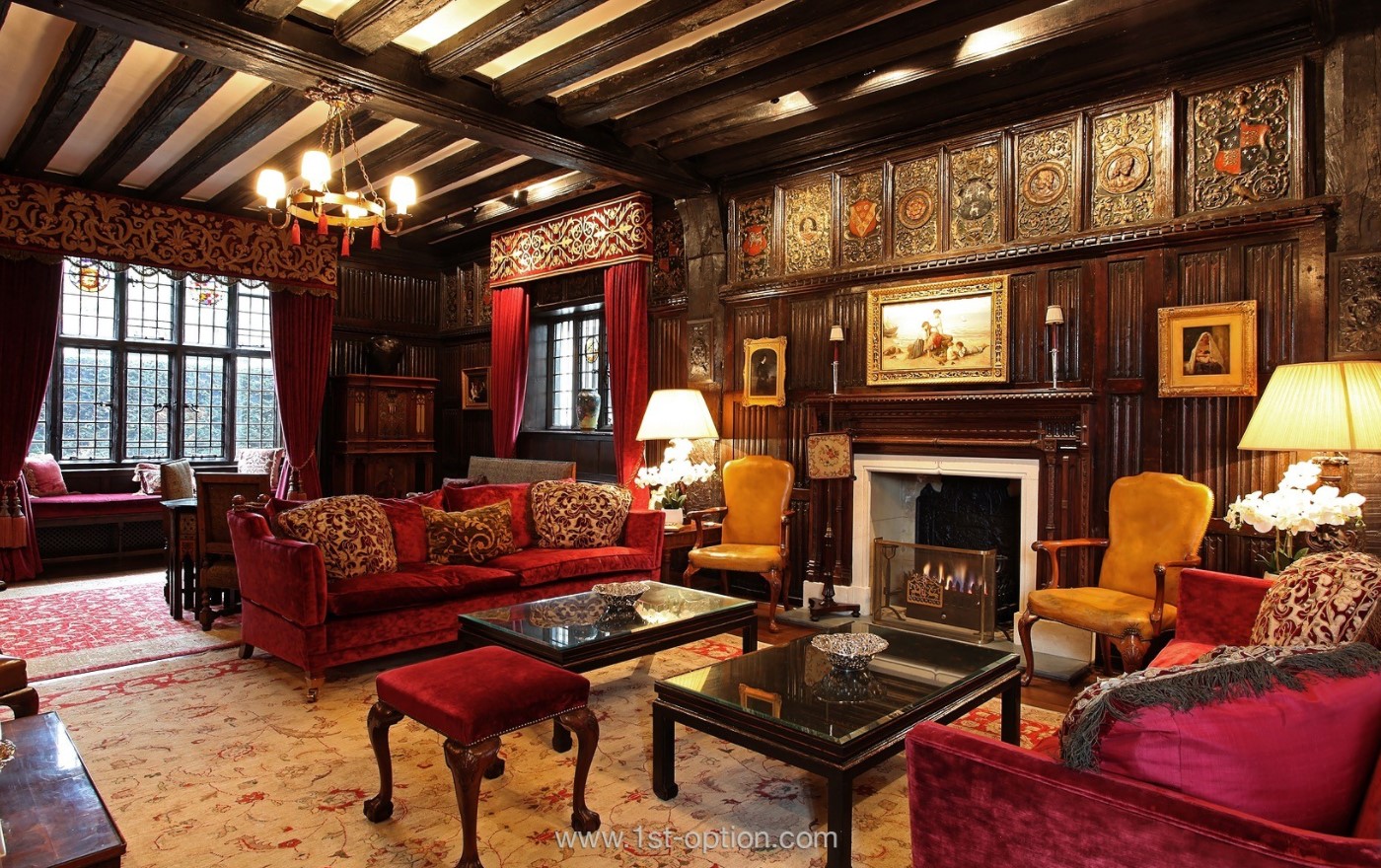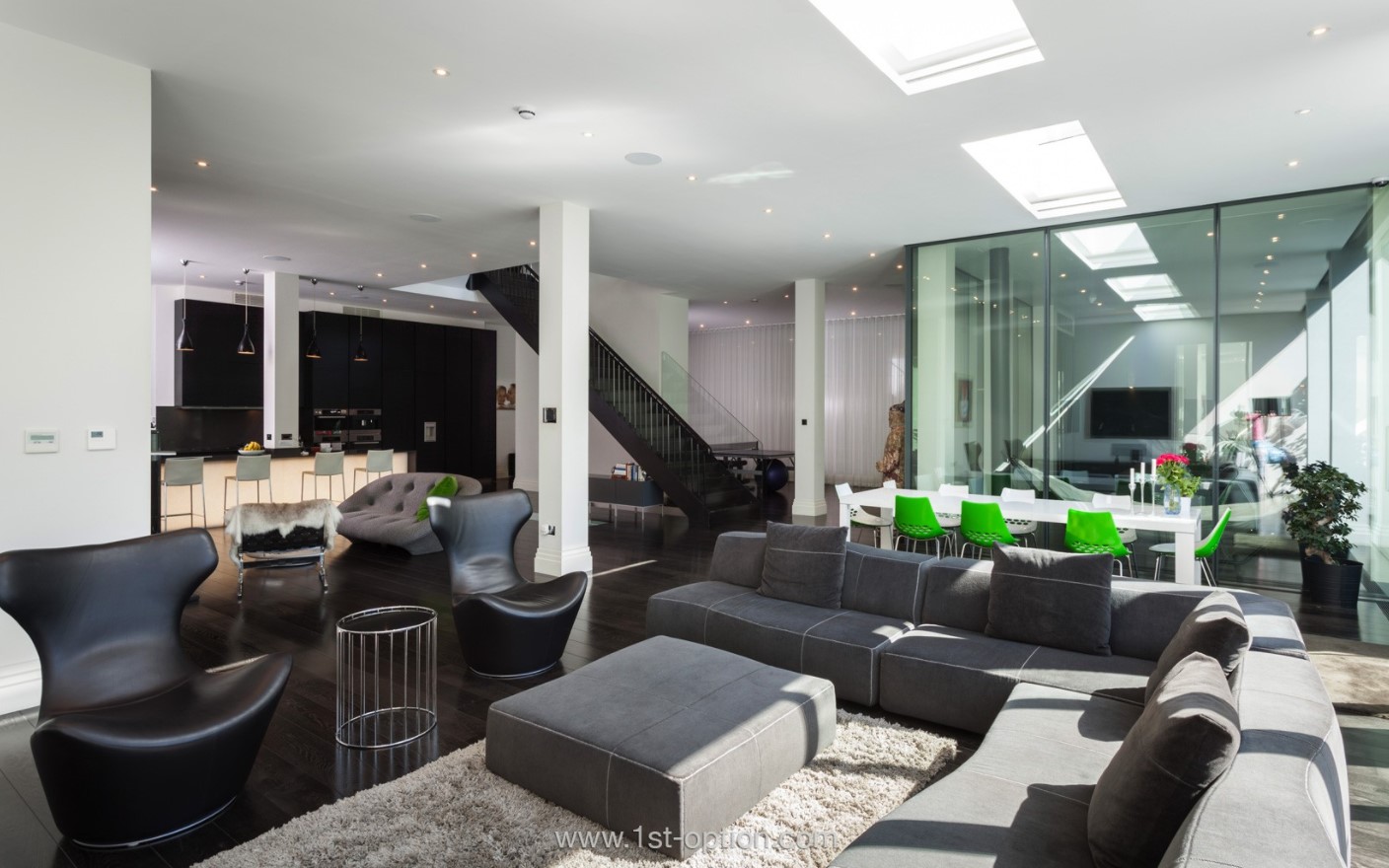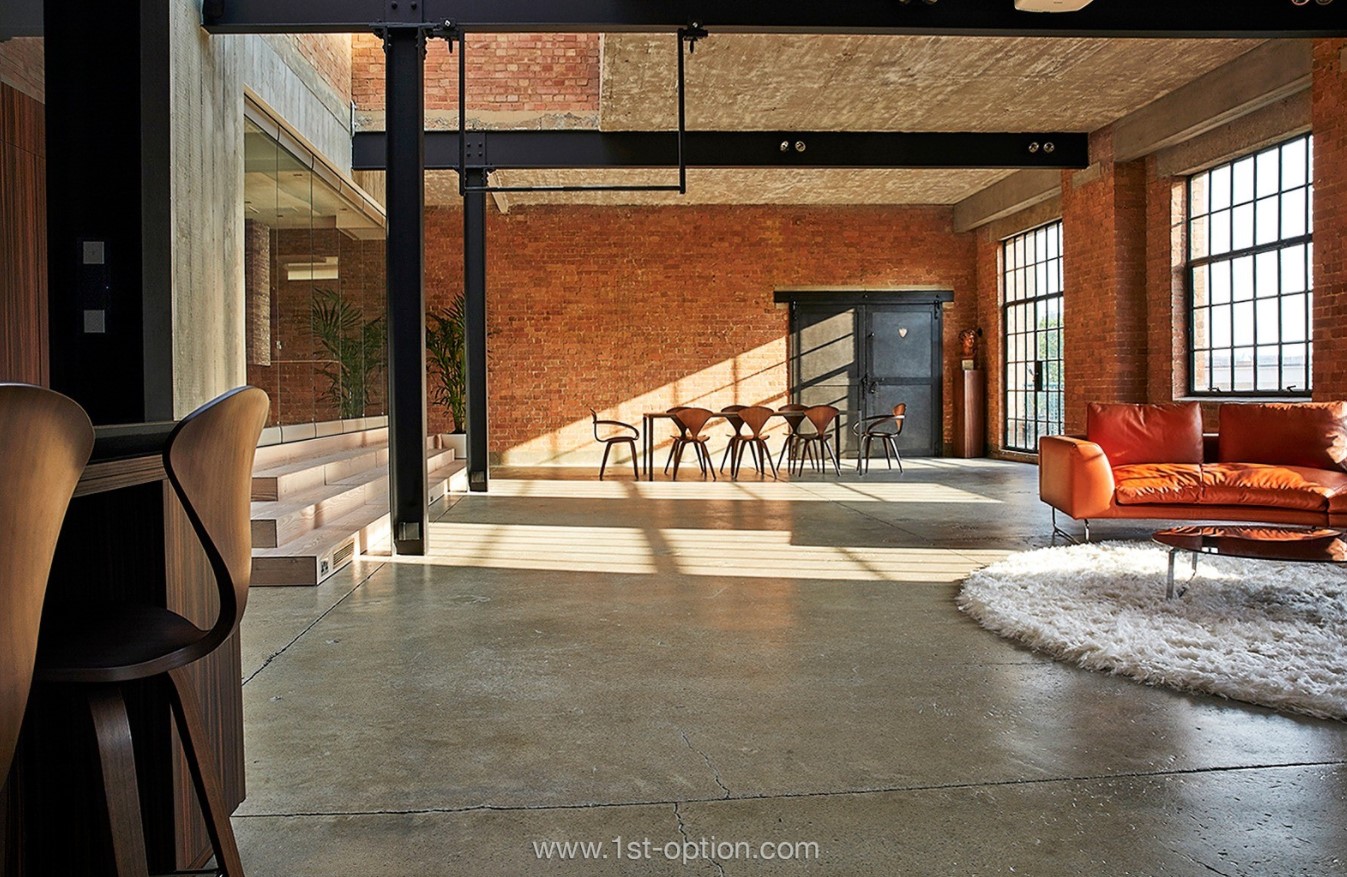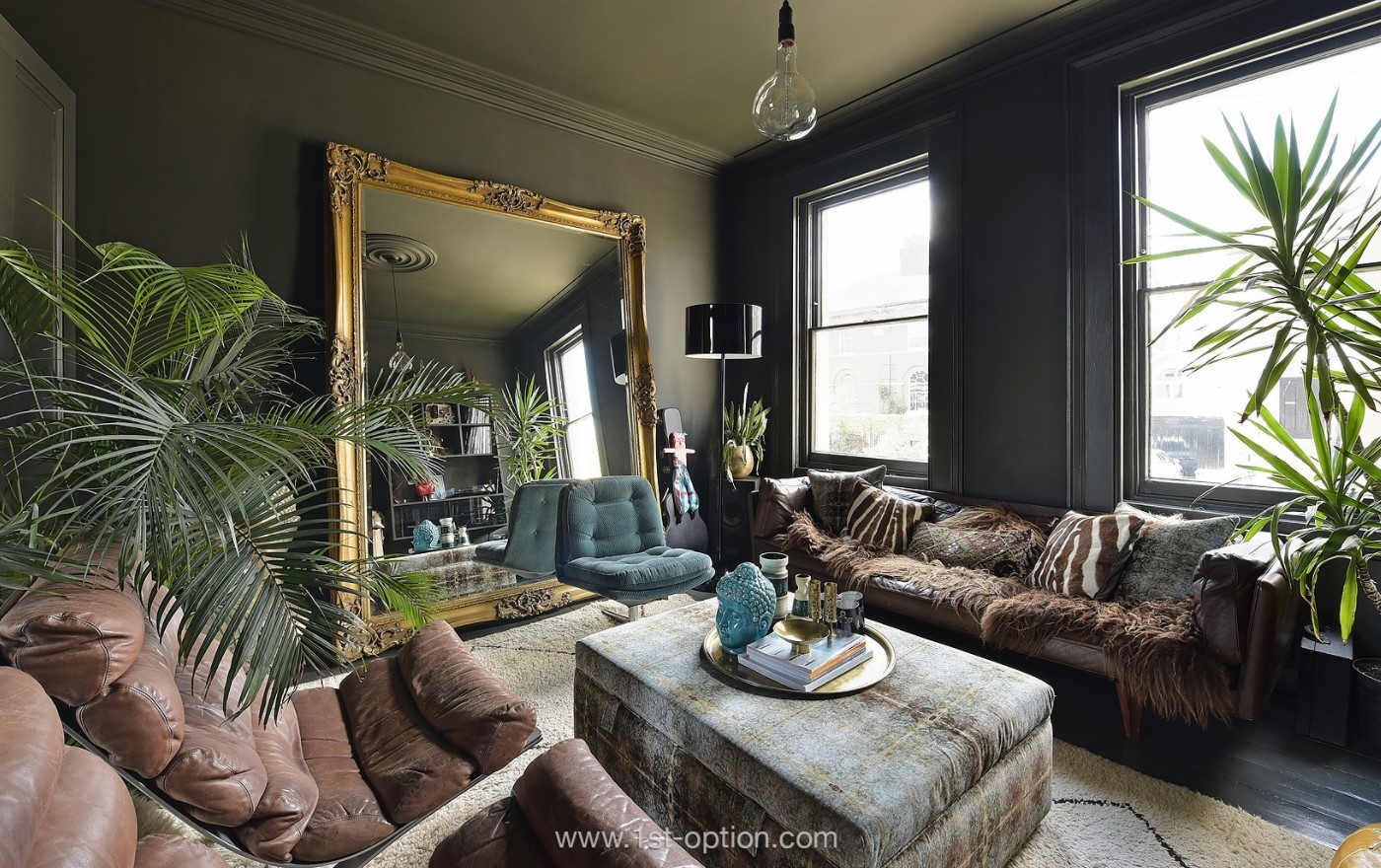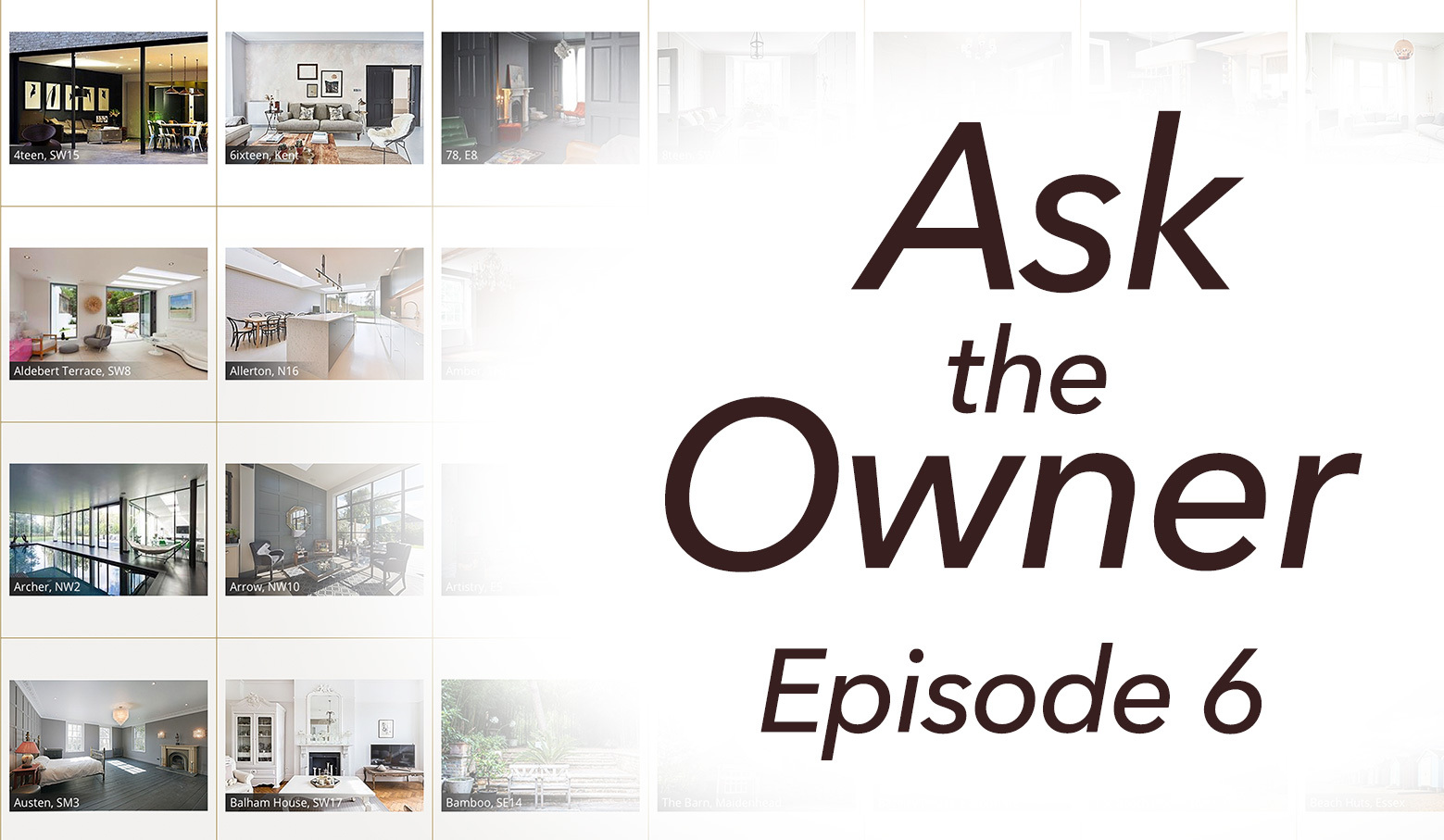Minimalistic interior design incorporates clean lines, reduced clutter, monochromatic colour tones and simplicity at its heart – the idea behind minimalist design is ‘less is more’. It might be self evident to think of an uncluttered space when minimalism comes to mind, however, the design style takes it further. There is an elegance in minimalist design, a simple serenity. But to achieve this look, it is more deliberate and frankly, difficult, than simply placing a few items amidst a clean backdrop and running with it. Doing this can leave the area looking sparse, cold and uninviting. When designing a minimalist space, stick to a few key fundamentals.
Limit your colour palette
Minimalism doesn’t just embody the choice of furnishings, it applies to all aspects of the room, including colour. White tends to be the most common choice, however, the bottom line to adhere to is a neutral colour palette. By sticking with a neutral base colour, creativity in other aspects can take centre stage. This can be achieved through breaking the monotony of the base colour and adding a pastel accent here or a rich hue there. Try texturing – with a mixture of different materials of the same shade, but don’t overdo it, as this will ruin the whole effect.
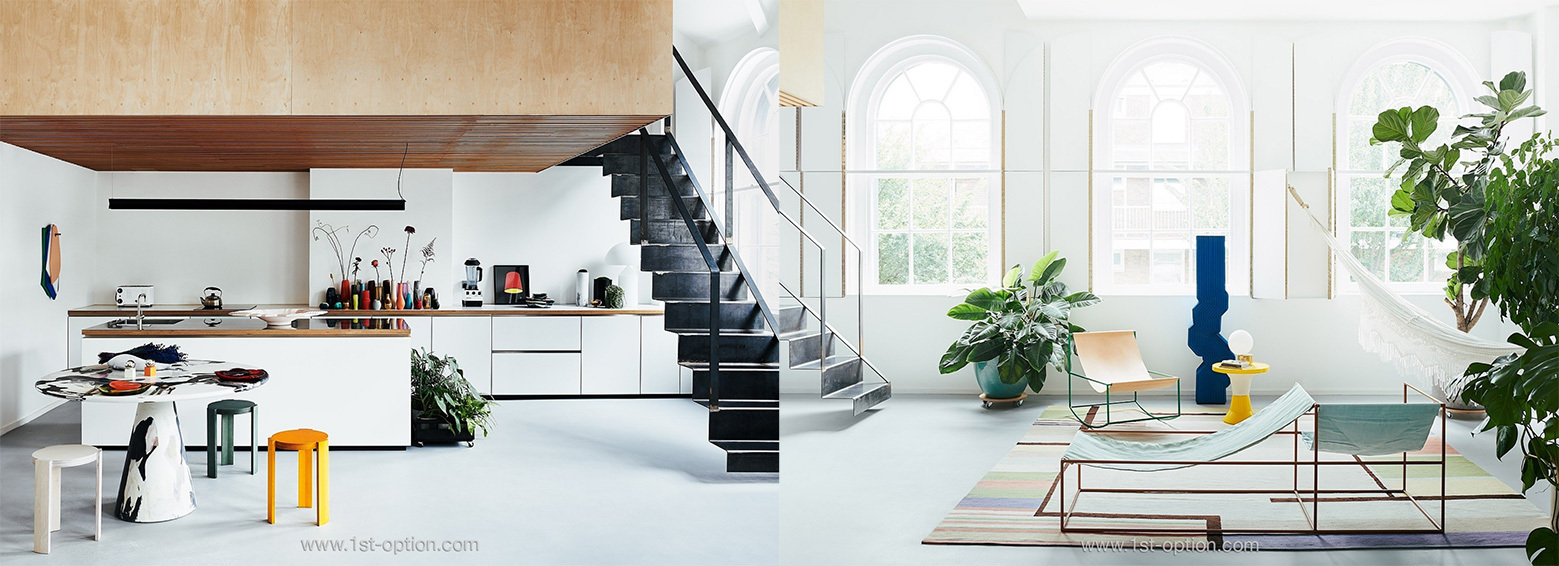
Texture is key
One question we see being asked a lot, is how to bring a grey or white space to life. The answer is simple: texture! Introducing texture to a space, while keeping to a neutral colour palette, brings vivacity to any room and allows for tons of variety. The key to achieving this look without overdoing it is to give the room a vibrant edge, whilst maintaining the minimalist spirit. Simple ways of carrying this out can be placing cushions atop furniture, or perhaps introducing a rug or throw to your room.

Quality over quantity
If minimalism requires little decoration, ornamentation or extravagant details, how is it possible to achieve an elegant look? Simply invest in quality materials! Think: marble, rich woods and porcelain. Don’t overdo it and clad the whole space in marble, however a carefully placed partition or countertop can act as a gorgeous yet subtle focal point.

Decorate wisely
When decorating any space, it is easy to get lost in the idea of not overdoing it, resulting in an overly bare space. There are however, some great additions that can be made to any room, to keep it feeling fresh, without cluttering. Greenery is a perfect option; house plants in different sized pots of varying heights, can really add a touch of character, whilst creating the concept of space. Similarly, one standout painting is far better than filling the room with lots of small ones. Minimalist art would go with the flow, whereas abstract art would introduce a bit of color. Choose whatever your stylistic cues dictate.

Achieve balance
The key to achieving balance within the home is to find a bold focal point. This can be an eye-catching piece of furniture, artwork or even a centrepiece – like an iconic vase or central table. If the space has been kept neutral, a vibrant painting can capture attention and draw the eye. If you have textured with colour – through the use of carefully positioned cushions or throws – perhaps achieve balance through an alluring centre table?

Let the light in
Natural light is the best compliment to neutral colour palettes, it makes the area feel comfortable and spacious. Furthermore, it brings out the true colours of the walls, floors and furniture, retaining the true essence of minimalism. If you aren’t fortunate enough to have much natural light in your home, mirrors, plants and light wood can give the required effect if supplemented with well positioned lighting.

Form, Focus and Functionality
Within a minimalist space, everything is about function and form. If something doesn’t add value, then it is redundant. Similarly, if the items in the room don’t speak to each other in ways such as shape, colour or structure, then the attitude of the space will be completely off. Minimalism also speaks to a way of life. The idea is not to stimulate senses, but rather be purposeful in the value each item brings to the space. Chairs for comfort, tables for eating, fireplaces for warmth…

Benefits and challenges
The benefits of the minimalist movement and its principal ideas within the interior design sphere are self evident. Is that extra sofa needed? Are pictures required on that wall? How many knick-knacks can one coffee table actually have before becoming messy and overstimulating? In reality, functionality and practicality can be the driving forces for creating a harmonious home. When you bring a truly uncluttered and clean space into the home, it not only helps with freeing up space, but also brings a calming effect on your life. A calm haven for living, creates a calm haven for thinking.
Minimalist interior design does bring about its fair share of challenges however. When a simple, uncluttered and functional space is created, the threat of creating a cold and uninviting space is left. The key here is to blend different accents, shades and textures, to create a dynamic atmosphere. On the other hand, knowing when to stop adding to the space may be even more difficult. Much like a song can’t go on forever, if the space is functional and stimulating without being over cluttered, it is probably a good time to finish.
